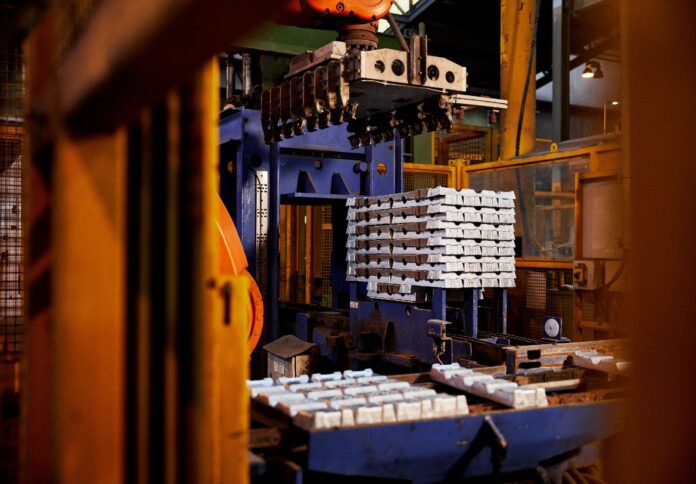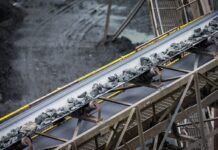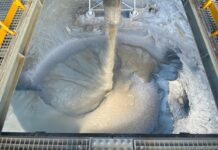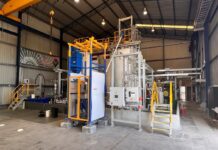
Nyrstar Australia, a global producer of critical minerals and metals, has released its submission to the Australian Federal Government’s Critical Minerals List issues paper, which includes a series of recommendations aimed at better aligning Australia’s strategic approach to critical minerals with its international partners.
Nyrstar’s submission advocates for the addition of zinc to Australia’s Critical Minerals List due to the increasing demand for it in the development and manufacture of a variety of technologies.
The submission also outlines zinc’s role in releasing other critical minerals as well as the significant risk it poses to the supply chain due to the growing concentration of zinc processing.
According to Dale Webb, co-CEO of Nyrstar, zinc is one of the most widely used metals in the world, employed in the development and manufacturing of countless goods crucial to Australia, its trading region, and strategic partners.
“By including zinc on its Critical Minerals list Australia will join other nations including the US, Canada and South Korea and open up opportunities to strategically cooperate in addressing mutual supply chain risks,” Webb said.
He stated that Australia’s Critical Minerals List must take into account the demands of both the country and its international partners in terms of economic security because the mineral industry is a global one with global supply lines for goods and technologies.
“By working together with allied nations to examine the supply and demand dynamics across the region and identify the risks or opportunities these pose, Australia has the potential to exponentially increase its ability to secure a more sustainable and prosperous future,” the Nyrstar official noted.
Australia has the chance to go beyond only extracting and exporting its resources, and its Critical Minerals List offers the chance to strategically identify areas where it can contribute more to the processing of zinc and other metals, according to Webb.
To achieve this, he said underscored that a resource assessment that considers the full value chain in addition to the quality and quantity of Australia’s mineral resources is necessary.
“When thinking critical minerals, Australia needs to start thinking beyond just batteries. The clean energy transition is driving significant and rapid change in the volume of minerals and metals the world needs to support a diversity of low carbon energy solutions,” Webb stated.
“Australia’s Critical Minerals List will benefit from a broader consideration of emerging technologies and products necessary for the growth of modern, industrialised economies, and the resources that are integral to their supply chains,” he added.
He stressed that any possibility that metal processing can offer in achieving a new edge for the country and its international partners should be taken into account by Australia’s Critical Minerals List.


















